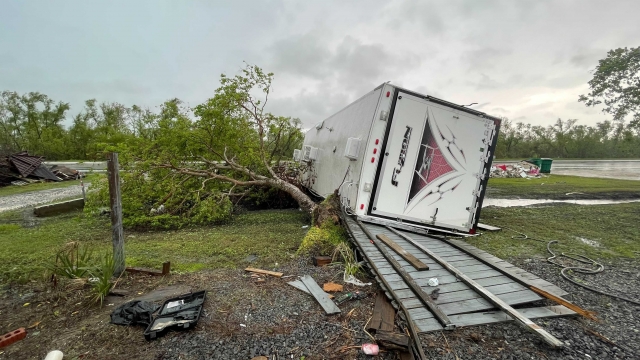People want to live where they want to live, and selling them on climate change is difficult.
As one real estate agent put it, in some people's minds, those risks are years away, and most are concerned about getting closer to nature in a well-priced area.
This means a growing trend of Americans moving to places more likely to see dangerous weather.
Redfin Economist Daryl Fairweather says areas growing in the population are often impacted by drought, fires, high heat, storms, and flooding.
That goes against everything we've been taught about staying away from danger.
"That's going to mean that there's going to be more economic damage, more climate change, more people who are put in harm's way," Fairweather said.
In Arizona, high heat and drought are already redrawing the landscape, killing off some of the state's most iconic plants.
"Everybody thinks of cacti as these great desert plants," ecologist Larry Venable said. "But if you desiccate or don't give any water to a cactus, it shrivels up and dies."
The U.S. Census shows a population boost in Arizona, with 90,000 people moving there in 2020. Economists say you should look at the bang people are getting for their bucks.
In places like Louisiana, residents are starting to see more frequent and more powerful storms. This year brought Hurricane Ida, with winds over 100 mph.
It flooded homes and shook residents. But recent New Orleans transplant Harriett Hudson says she moved to the area for the food and culture.
"Since I've been here, I can see the difference," Hudson said. "I still love the city, and the storms aren't going to make me leave."
As climate change grows, so do the areas it impacts and the cost to insure from losses. Still, some people like Darryl Pete from California are happy where they are.
"You can't go anywhere on this planet to avoid Mother Nature's wrath," Pete said. "There's no place that's unaffected."
Economists predict going forward that poor communities will end up getting paid to relocate because it's cheaper. In contrast, affluent communities will likely see a lot of money pouring in to make their buildings more resilient.


